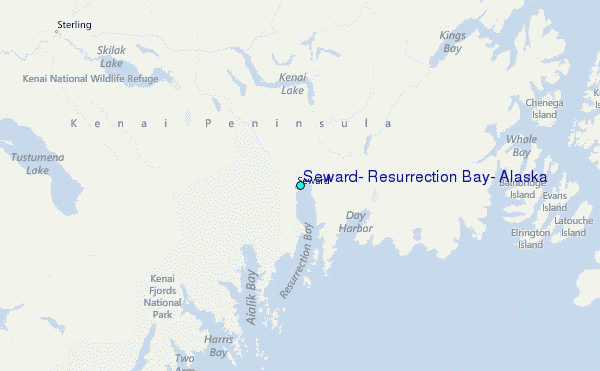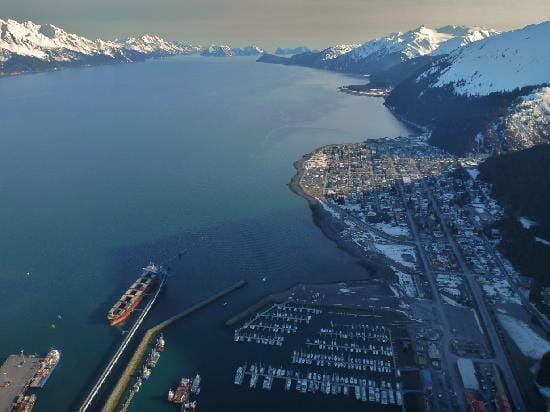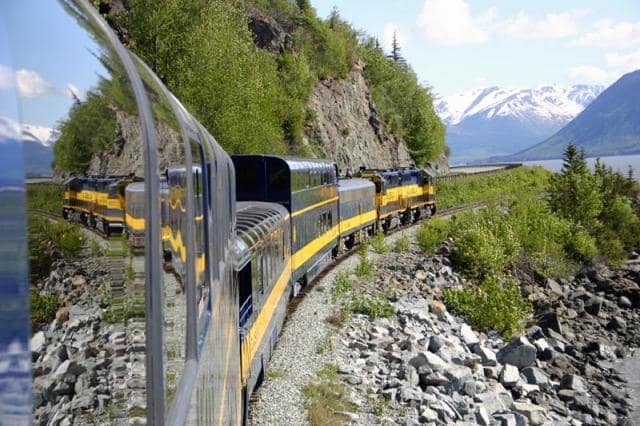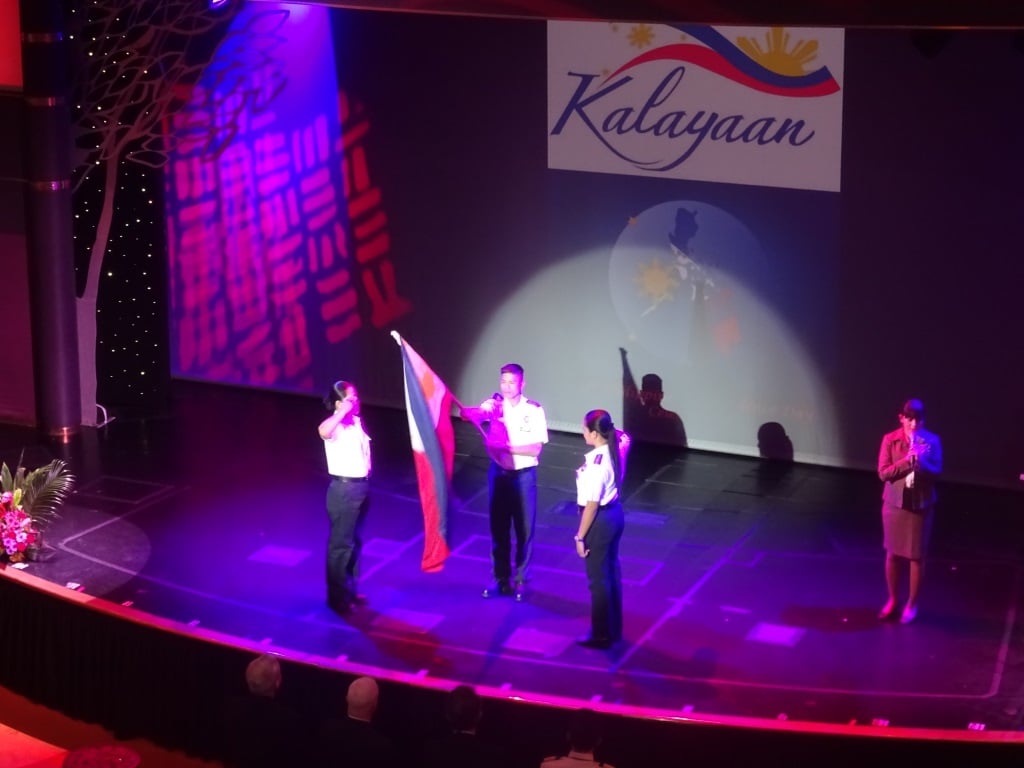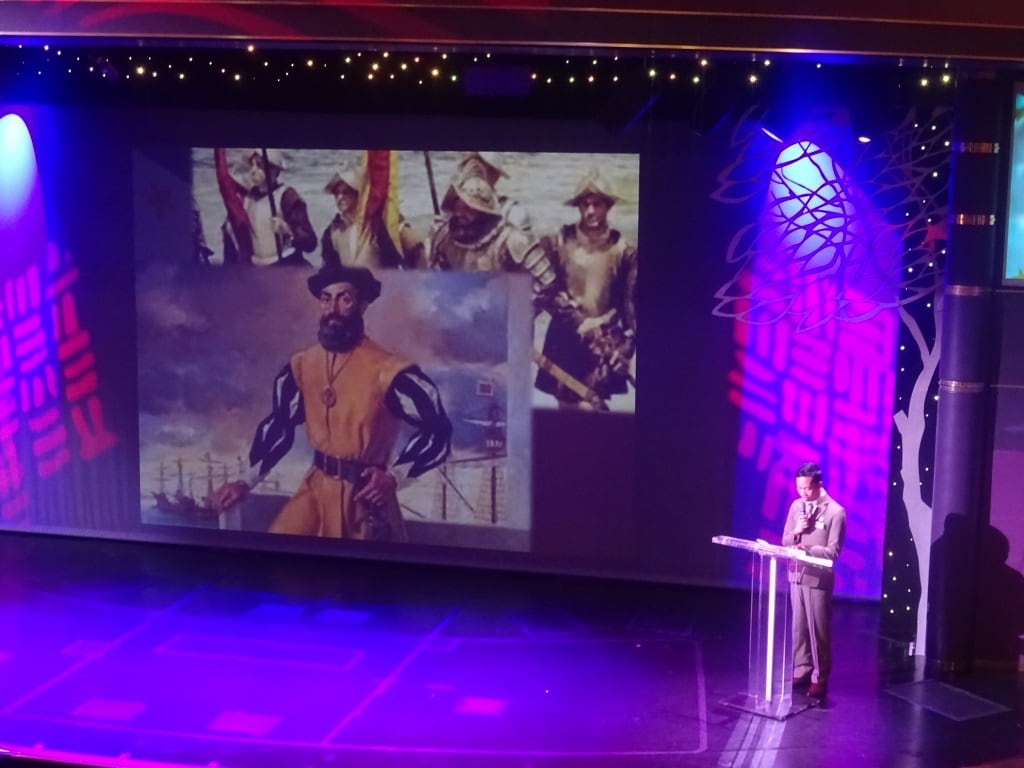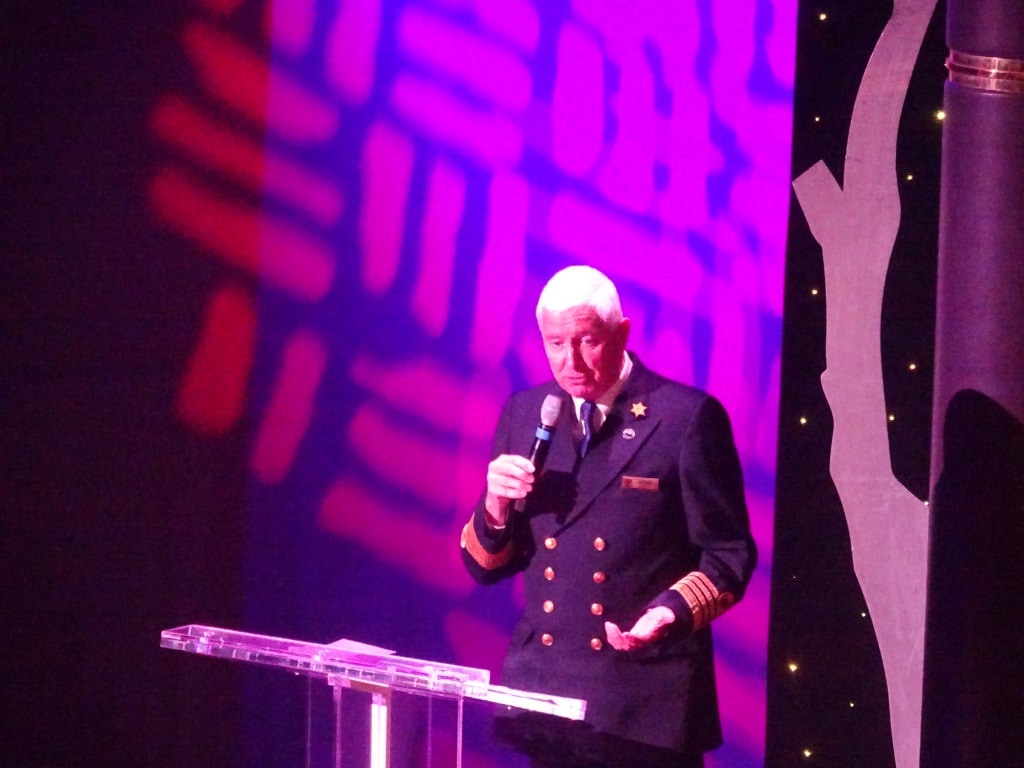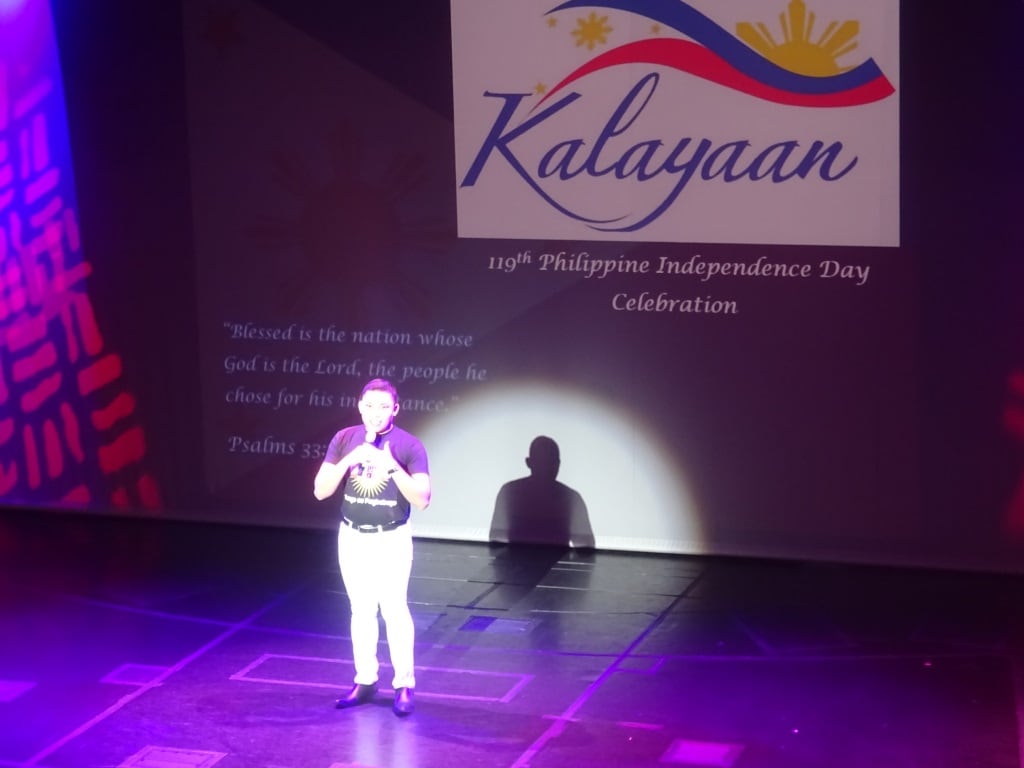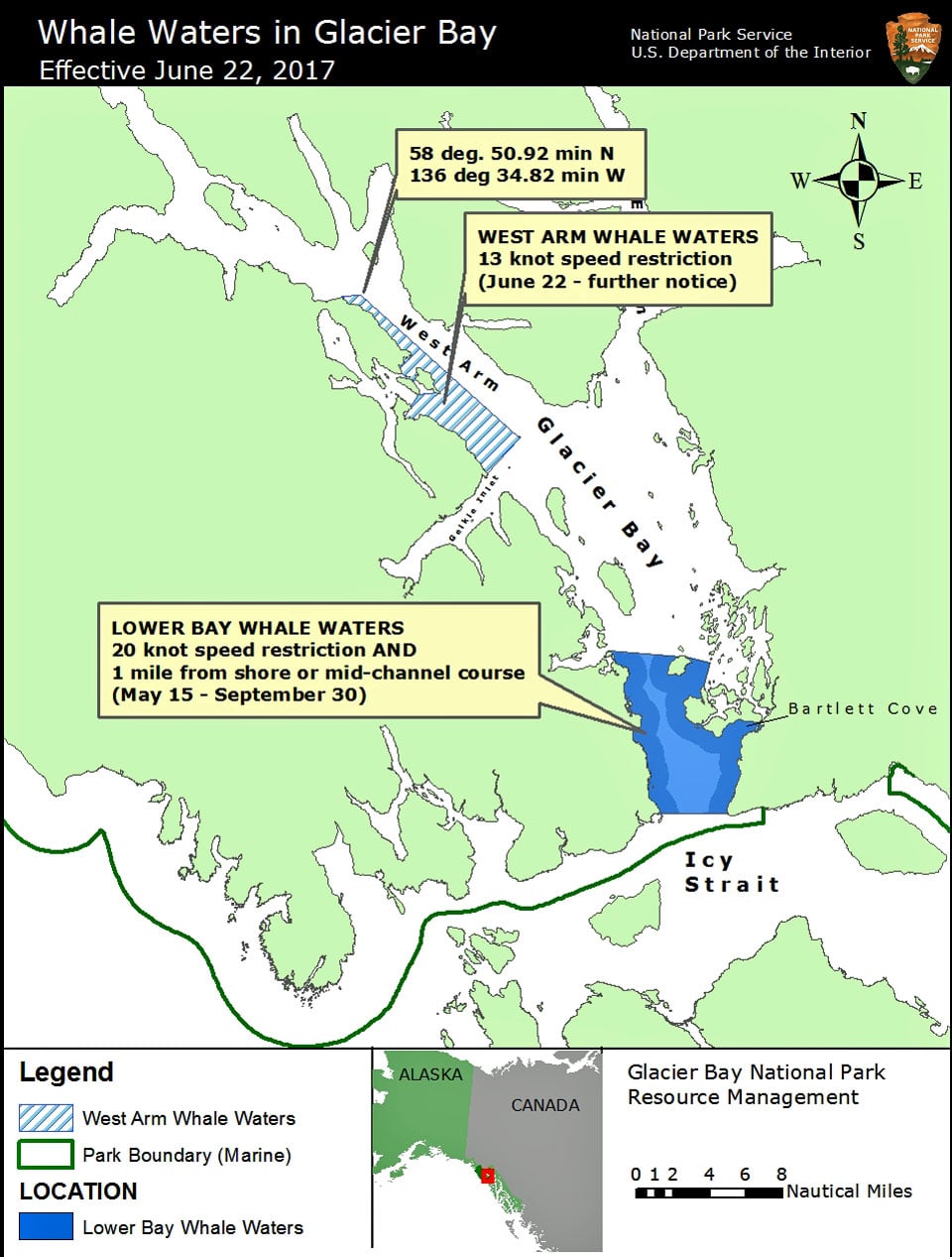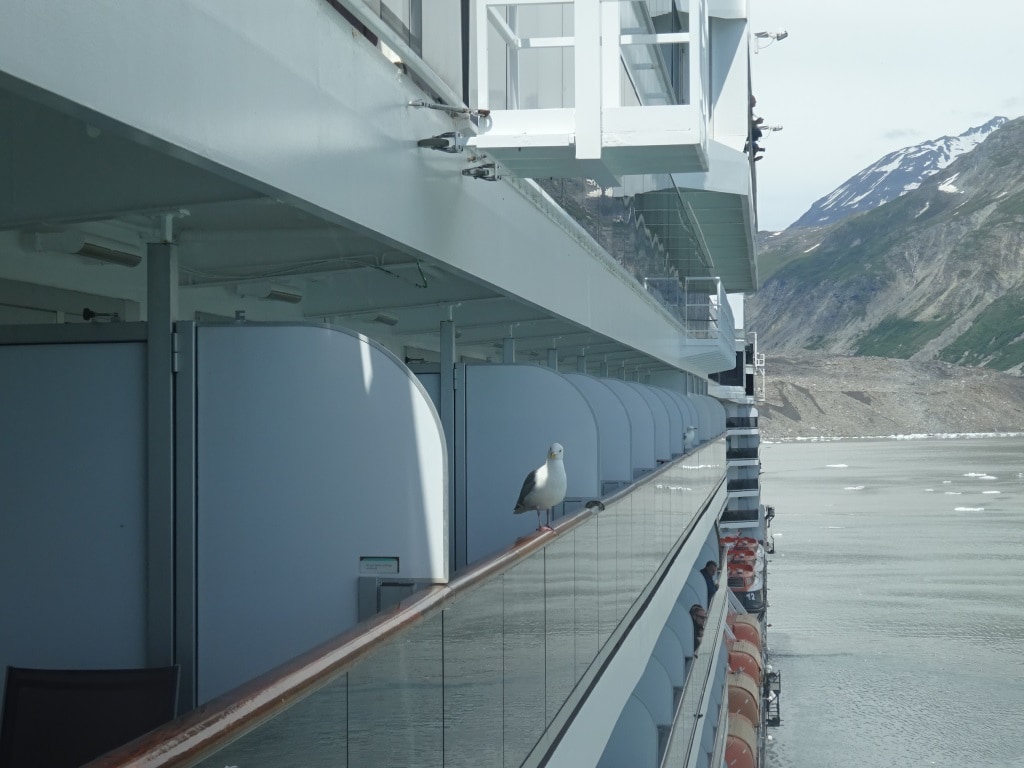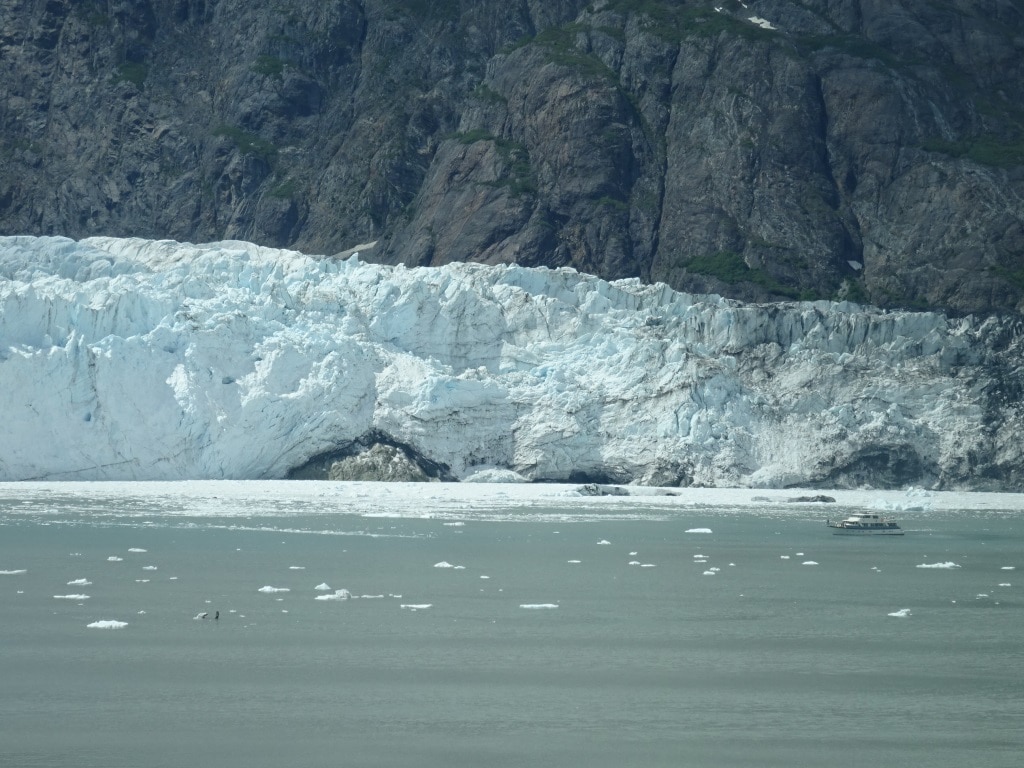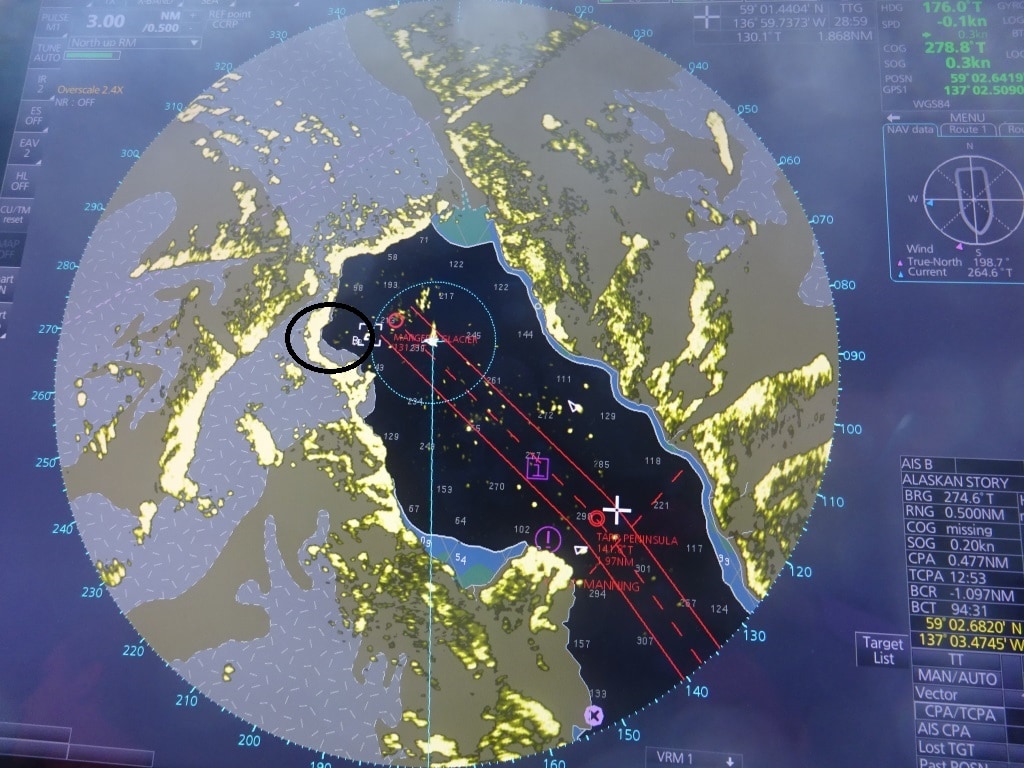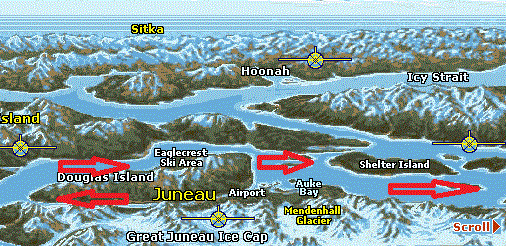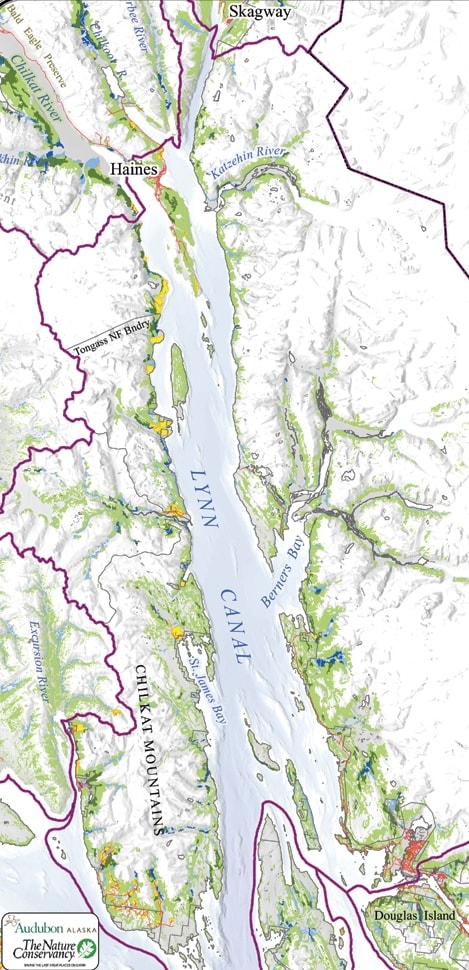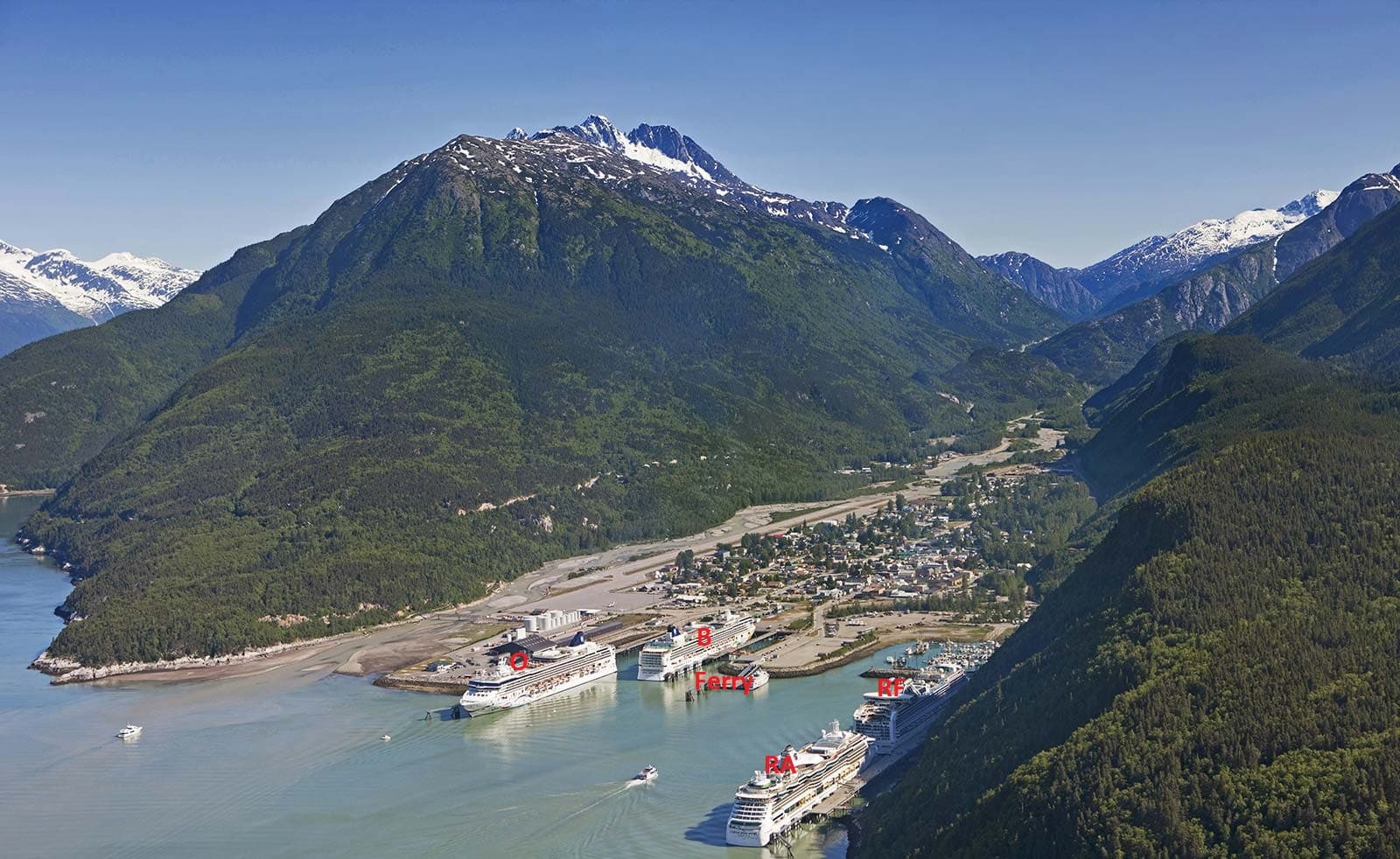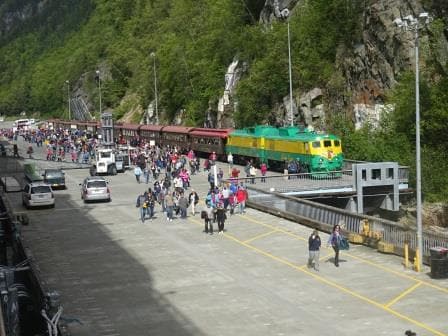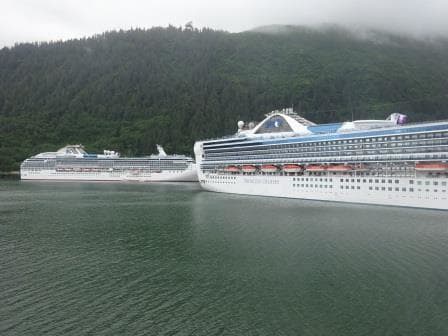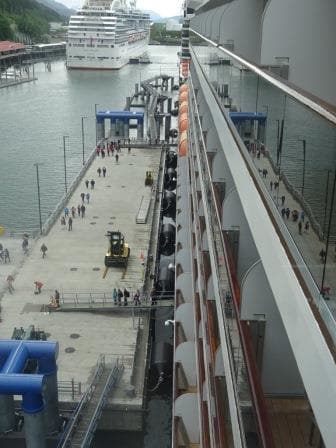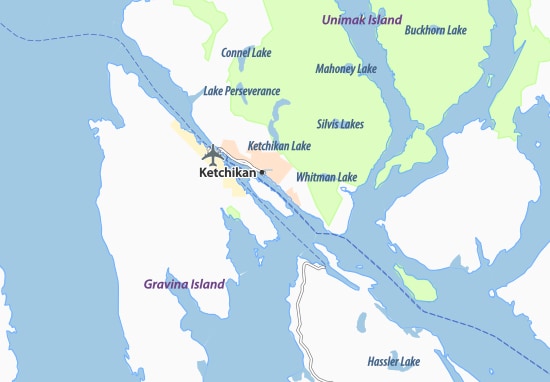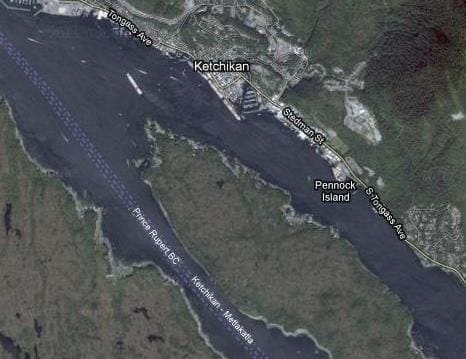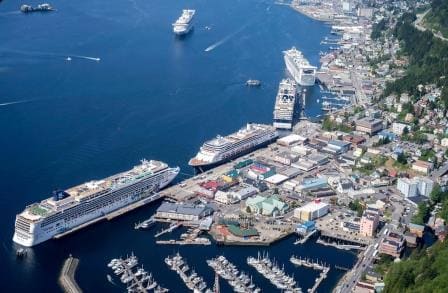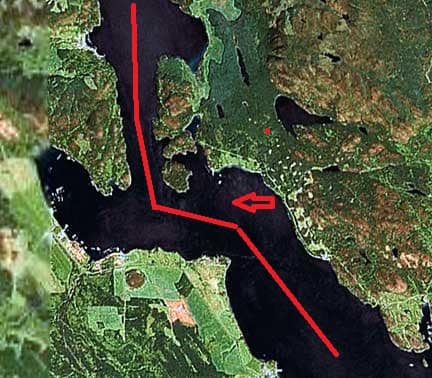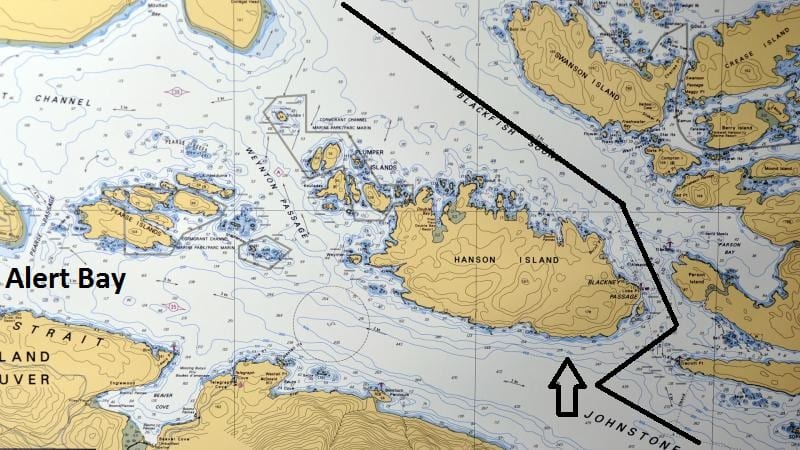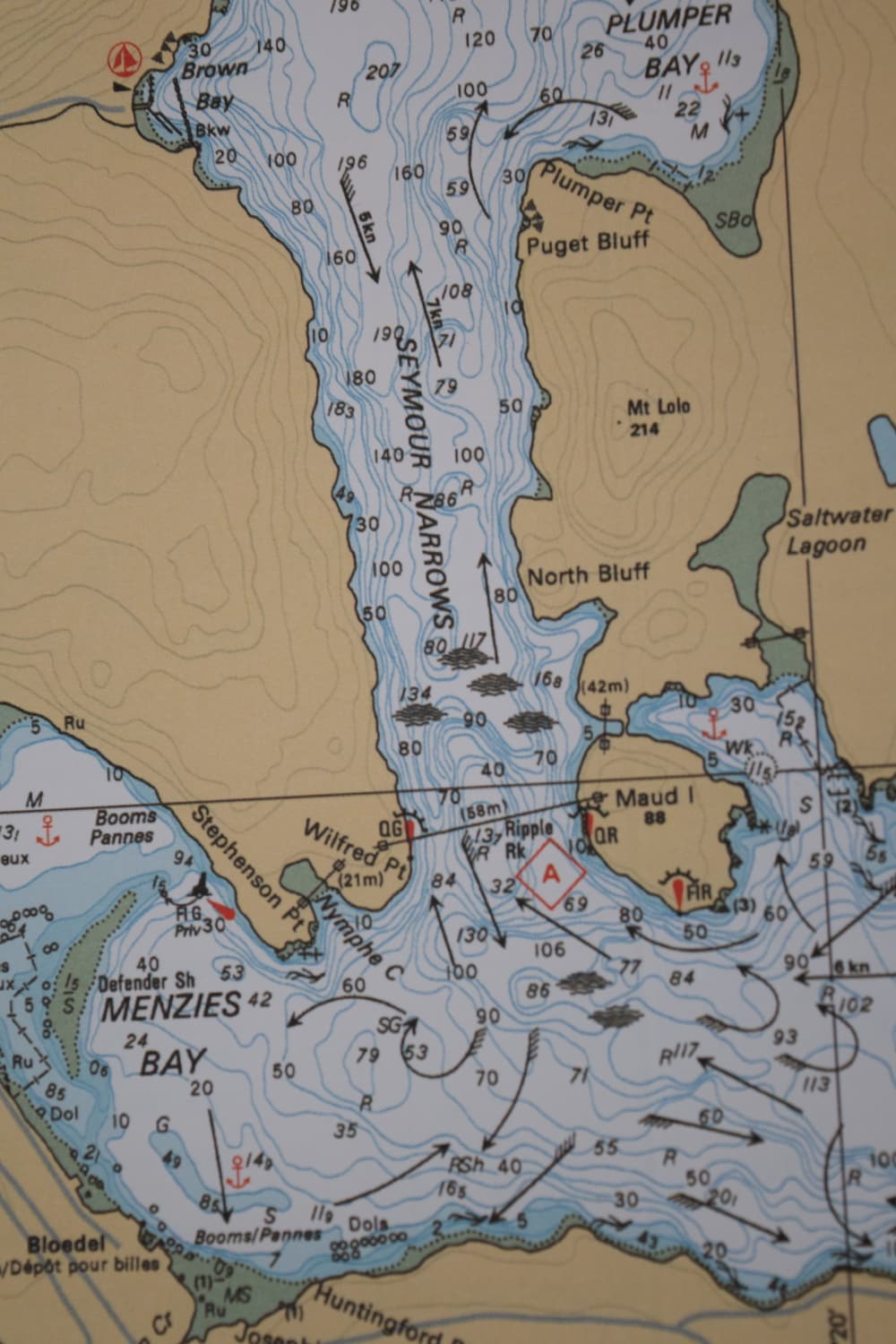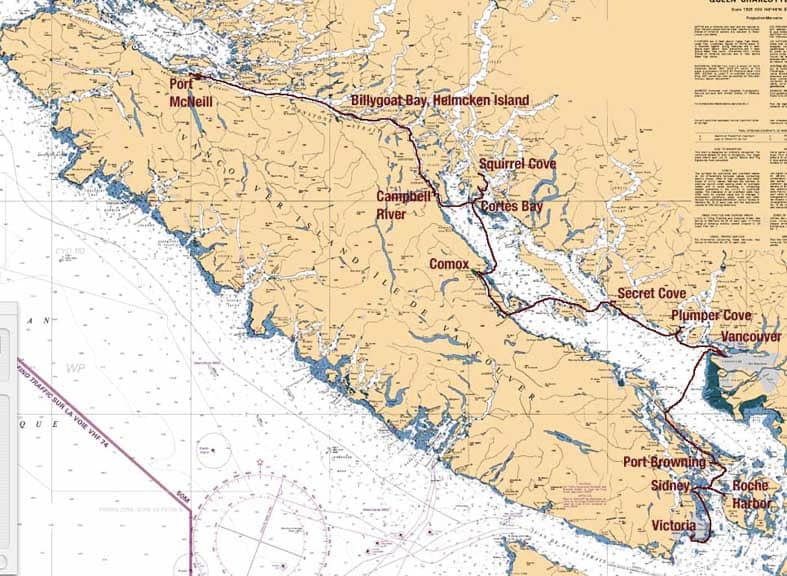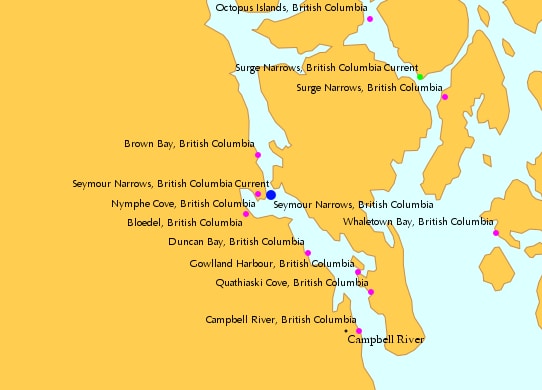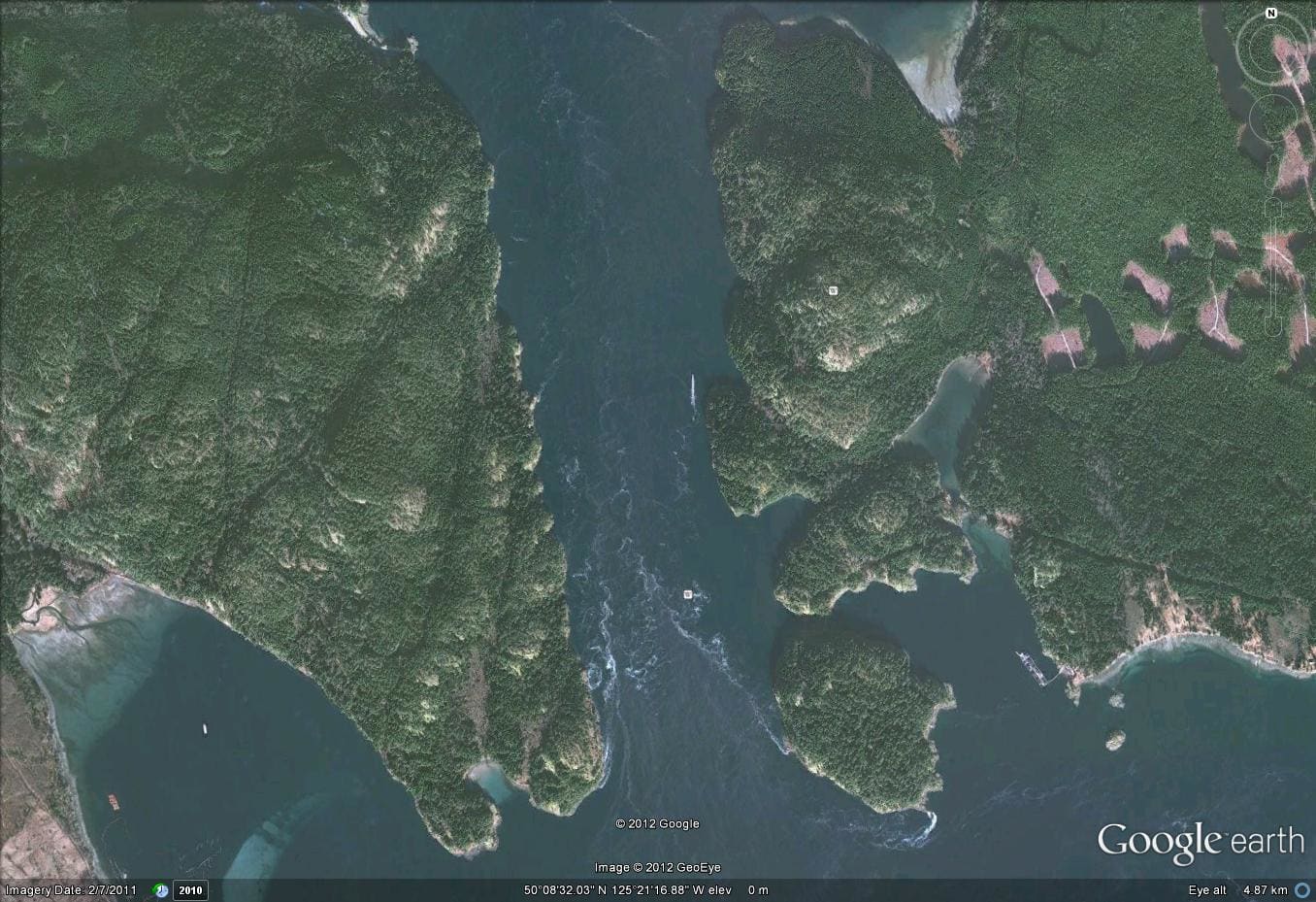It was not the greatest weather we had today but it was quiet weather. Just a low swell was running and we had a following wind and thus we hardly noticed it on board. For all the new guests not a bad way to start a cruise, especially as we have a lot of new, new, guests on board who have never made a cruise before. Quite a few of them follow the logic: “if I do not like it, then at least I have not spoiled my complete holiday” as they will still have enjoyed the overland part of their Alaska trip. Most of them do enjoy the experience and we gain every cruise a lot of new Holland America Line passengers, who will then come back for our Caribbean or European cruises.
As mentioned yesterday, the crew were looking forward to the end of Ramadan and the special dinner that goes with it. Holland America is very focused on providing the food that the crew likes and that includes a lot of ethnic foods. With normal cruise operations the ship work’s on a 14 day menu cycle that repeats itself. The crew knows what is coming and also the company can fine tune the delivery and quality of each dish.
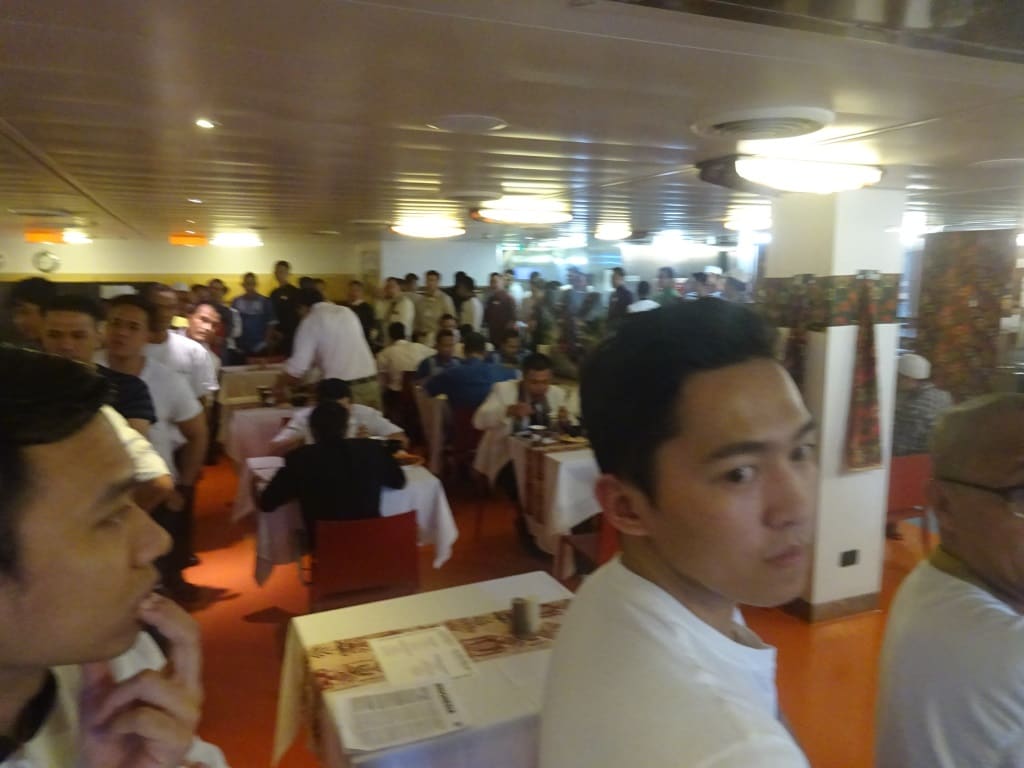
Normally the crew comes in, in staggered numbers. Not today; special food and the line was out into the crew corridor.
With high days and holidays there is always something extra and everybody joins in. It is amazing how many crew are Christians during the Christmas dinner and how many are Muslim during the Idul Fitri dinner. I think it would be beneficiary for the world’s peace if every religious leader would be required to have a cook’s license before being allowed to preach. I think it would make a difference.
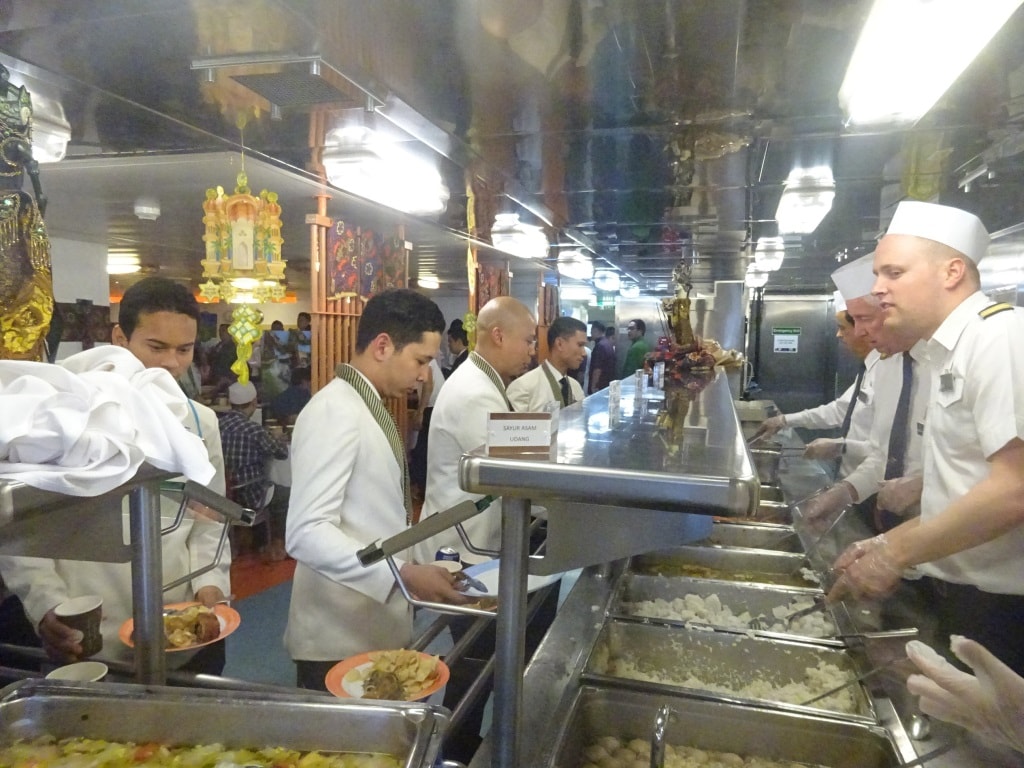
Part of the serving line. In front of the counter Diningroom Stewards who now get served instead of serving themselves.
Another tradition is that the Ships Staff serves the food during dinner. We cannot do table service as there are too many crew but we stand behind the serving line and dish out all the special foods for the celebration. The officers rotate on 30 minute slots through the dinner period and at each period there are about 5 or 6 behind the serving line dishing out. As there was a gap at the start of the dinner, my colleague Captain Bos asked me to help out and that gave the unique situation of having two captains in the serving line at the same time. I was doing the rice and he was doing the spiced liver.
A dinner like this takes a bit of planning and through the years the company has figured out a menu for this celebration which pleases everybody. We cannot simply decide to do something at the last minute as the ingredients have to be purchased ahead of time and then have to be brought on board. Our provisioning takes place in Vancouver and that means that the Culinary Operations Manager (budget), the Executive Chef (menu decision and amount calculation) and the Provision Master (inventory control) have to decide at least 3 weeks in advance how much they need from the more exotic foods which are normally not part of the menu cycle. And then we all hope it arrives on board on time.
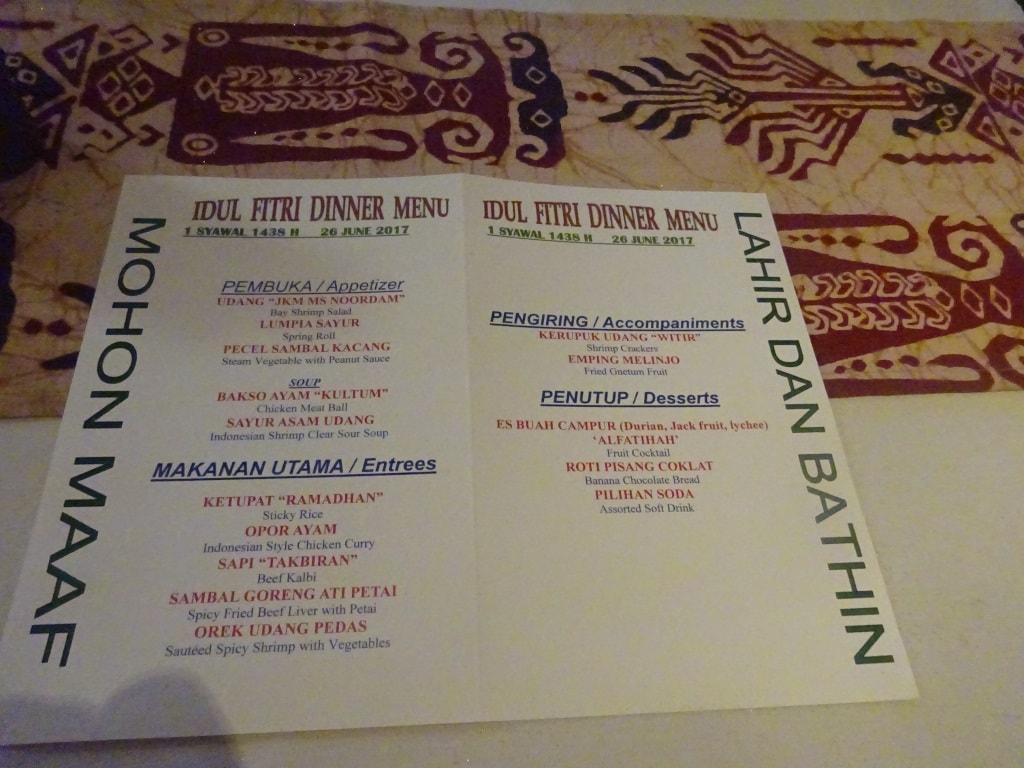
The special menu in the Indonesian language and English so the Philipinne community can also choose.
As usual itis the Cooks who suffer the brunt of all the work while the others feast on the results. The cooks in the crew kitchen under the leadership of Kokkie –Satoe, (Dutch/Indonesian for First Cook ) need to prepare it and that takes more than a few hours. Normally the marinating and other prep work starts a few days ahead of the official date. Then cooks seldom get to enjoy a good sit down to enjoy the fruits of their own labor. Still they must get the chance to eat as I seldom see a skinny cook on our ships, at least not after the first contract.
Tomorrow we are in Glacier Bay, picking up the Rangers at 07.00 hrs. and then sailing up and down the Bay until 17.00 hrs. The weather forecast is not that great, no sunny day is expected, but there are no plans for rain to occur. Still Glacier Bay has its own climate due to the high mountains on either side and the proximity of all that Glacier ice, so we really never know what we will get until we are sitting in the middle of it.
